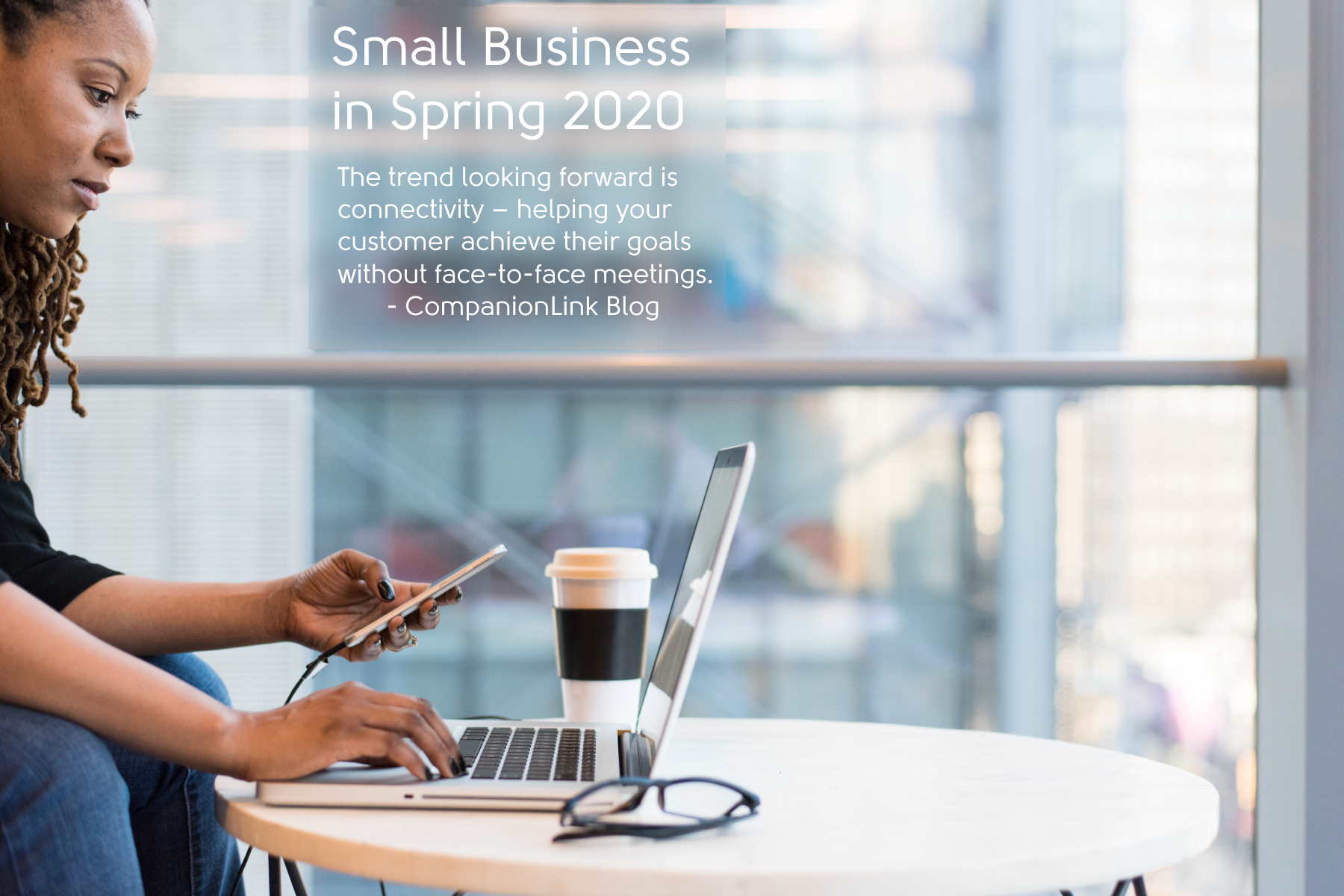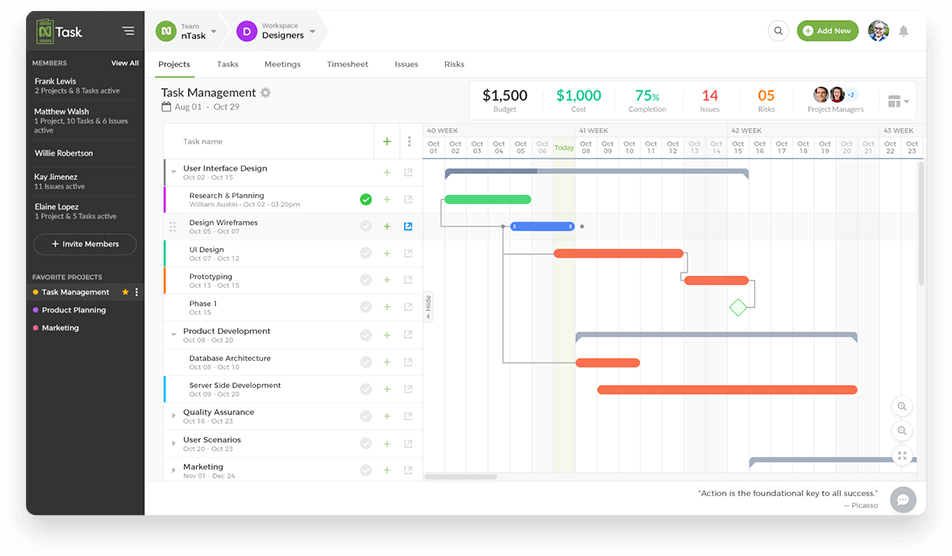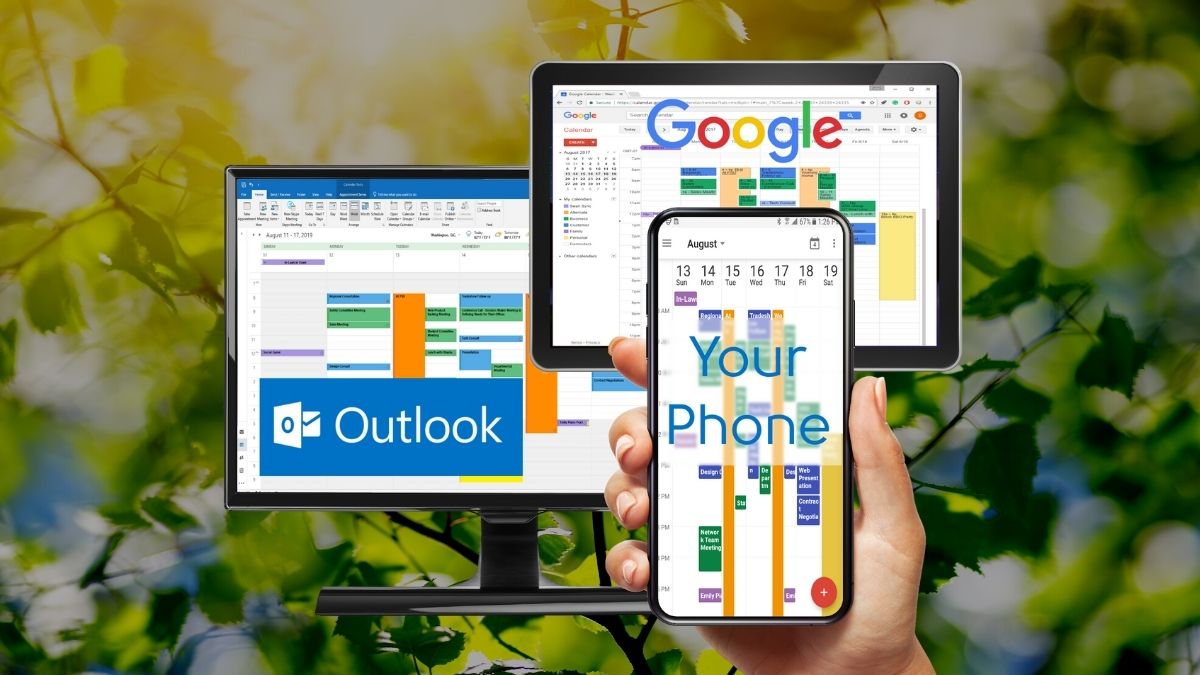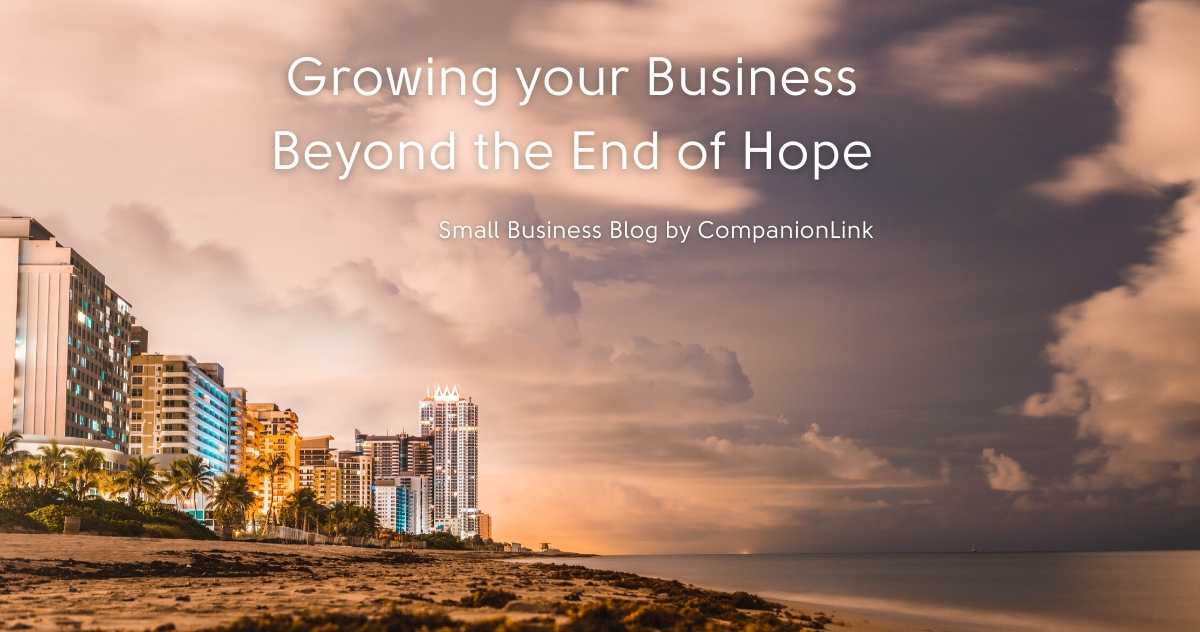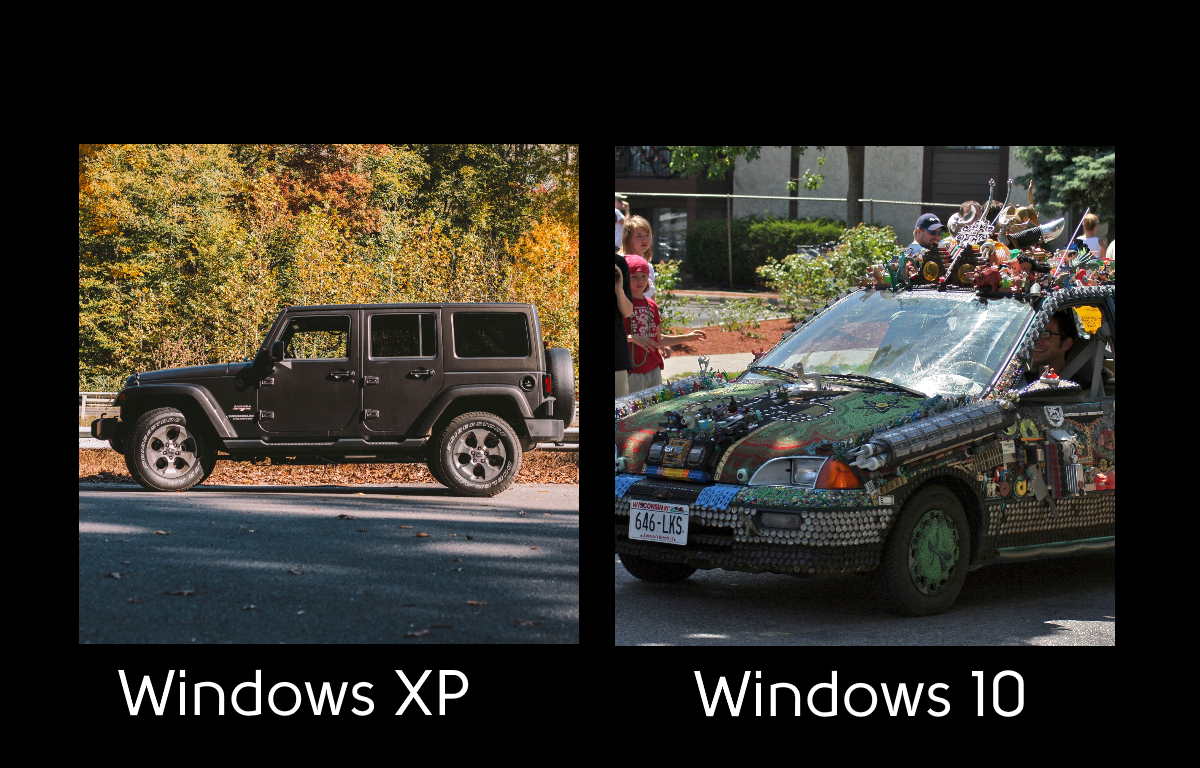It takes just five seconds for DejaFlow to update Outlook when you change Google. CompanionLink has delivered a low-cost PC app with this amazing speed for nearly a decade. Today CompanionLink is launching DejaFlow. DejaFlow is a low-cost online service that connects Google with Outlook online, for free, without needing to install anything on your PC or Mac.
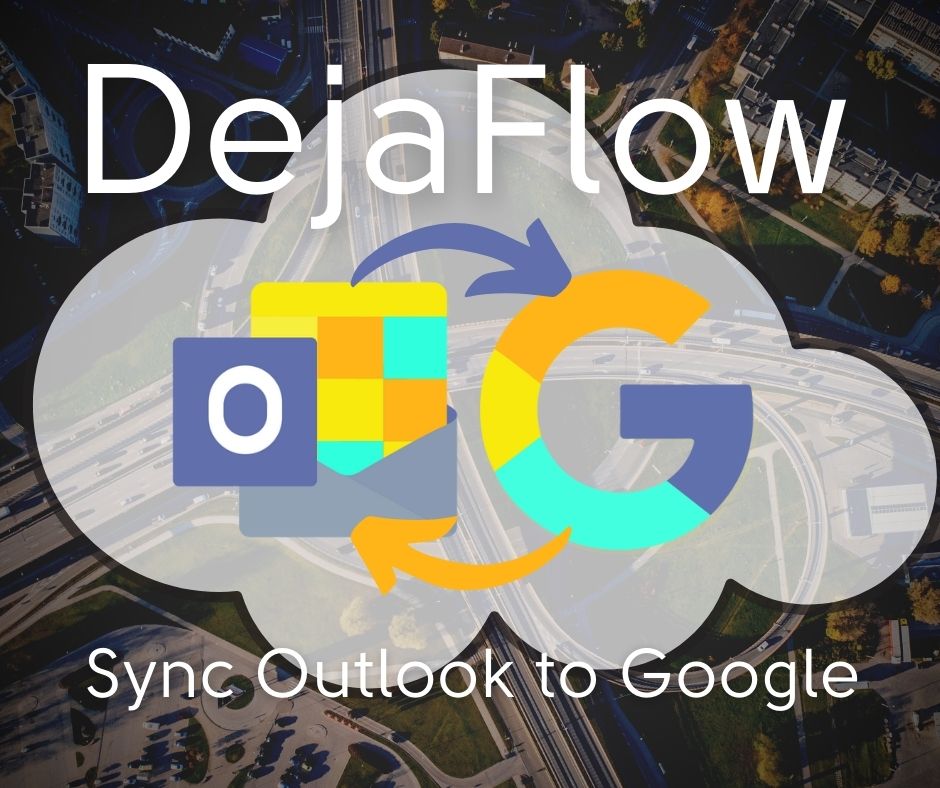
Businesses need a Simple Connector
Thousands of services are tied to Google Calendar, but most business people use Outlook. Outlook has a primitive ability to subscribe to a Google Calendar. However, this requires you to publish the calendar on the open world-wide-web which is hardly private.
Existing Tools are Expensive and Complex
So there is a pressing need to connect the two. Microsoft Power Automate is an expensive, complex tool that cannot do the simple task that customers need; Add, Change and Delete Appointments and Recurring Events, with two-way sync between Outlook and Google.
Everyone has just one calendar. You may keep it on Outlook or on Google. You place your appointments on it. You depend on your PC or Phone to ring alarms to notify you of places to be and things to do. Having a phone that uses Google and a Computer that uses Outlook makes it hard to schedule and plan.
Vendors like Zapier and Power Automate have tried to make a toolkit to handle this task. But 95% of business customers do not need a toolkit; they need something that works.
Free, fast and automatic connector for Google Calendar, Contacts and Tasks with Outlook 365, Microsoft Teams and Outlook.Com
The Experienced Pioneer of Calendar Sync
CompanionLink understands your needs. We have created products to fulfill this need for 30 years. We know all about how calendars work with each of the vendors, both Microsoft and Google. And we are good at it which keeps our costs low. As a result, we can reflect these low costs to our customers with low service fees.
DejaFlow connects Calendar, Contacts and Tasks from Gmail and Google workspaces accounts.
These can be connected to any online Microsoft account, including Office 365, Corporate Exchange, Microsoft Teams, and Free Office.Com/Hotmail Accounts.
Planned updates will add a direct connection to Apple iCloud, Act! CRM, Pocket Informant, and DejaCloud.
POP3 and IMAP Solution
For Outlook customers who use IMAP and POP3 folders, the calendar information is not stored online. For you, CompanionLink offers CompanionLink for Google for windows-based PCs and CompanionLink for Mac for macOS computers. The installed software will automatically synchronize from our local calendar to the online calendar.
Online Calendar Solution
DejaFlow is a SaaS website to connect Outlook Calendar with Google Calendar. Setup is a simple three-step process; Create a DejaFlow account, identify your Outlook and Google Calendars, and press Sync. The initial connection takes about two minutes for most people, and DejaFlow automatically matches any duplicate entries. Once Connected, any change in Google Calendar, and any change in Outlook Calendar, will flow to the other side within about 10 seconds.
You can use DejaFlow for Free! As long as you have 500 records or less, you can use the service forever without a charge. Most people have under 500 records in their calendar.
Affordable Pricing
Most businesses will have more than 500 records. Companies should plan on paying $1.50 to $5 per month per user for the DejaFlow service, which is still just a fraction of the cost of competing services.
For 2 Connectors up to 5,000 records, DejaFlow costs $4.95 per month or $39.95 per year.
For 5 Connectors (5 users) and 30,000 records, the cost is $11.95 per month or $99.95 per year.
Both Free and Paid customers can take advantage of CompanionLink’s email and telephone technical support.
About CompanionLink Software
CompanionLink® Software, Inc. is a pioneering developer of data synchronization solutions for mobile phones and CRM software and services. They also develop a DejaOffice® for Outlook® App which runs on Android™, iPhone®, iPad®, Windows Phone®, and BlackBerry® devices. For 30 years, CompanionLink has helped mobilize information across devices, computers, applications, and web-based services. For more information, please visit www.companionlink.com and www.dejaoffice.com.
CompanionLink, DejaOffice and DejaCloud are registered trademarks of CompanionLink Software, Inc. Other product names are trademarks or registered trademarks of their respective owners.

